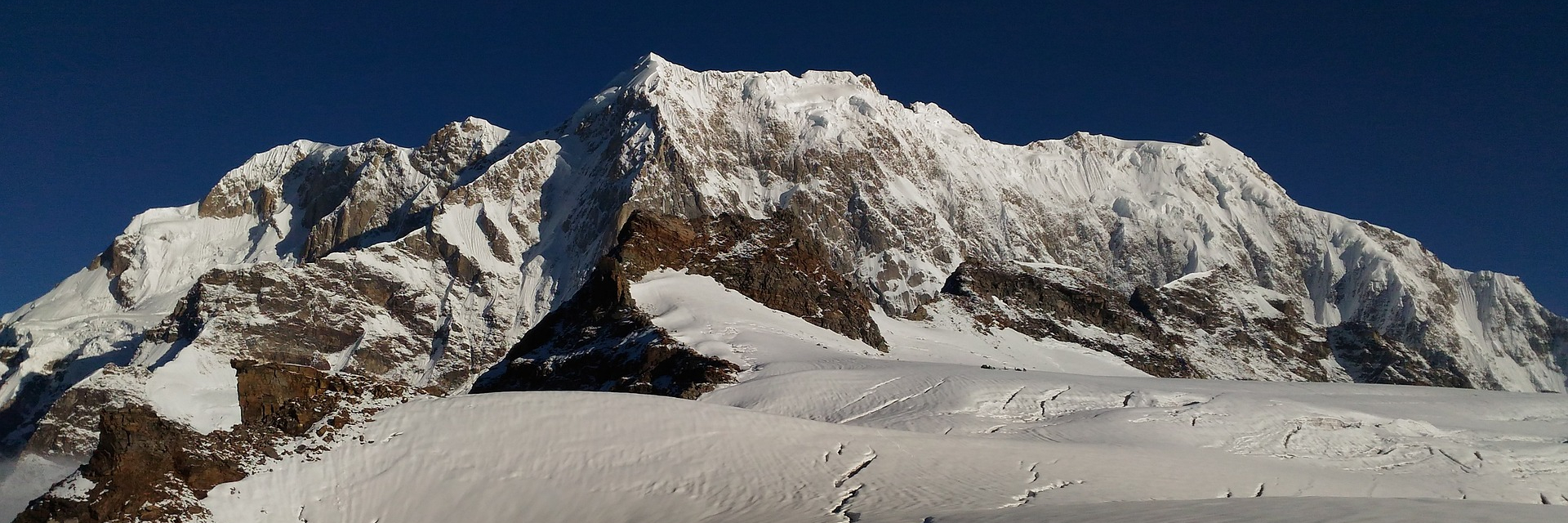
The Annapurna region in Nepal is renowned for its stunning landscapes, diverse trekking routes, and remarkable climbing opportunities. With its majestic peaks and rugged terrain, the region attracts climbers and mountaineers from all over the world. Whether you're seeking a challenging ascent or a rewarding climbing experience, the Annapurna region offers a range of options. Here are some key details about climbing and expeditions in the Annapurna region:
The Annapurna region is home to several peaks, including Annapurna I (8,091 meters/26,545 feet), Annapurna II, Annapurna III, Annapurna IV, and Annapurna South. Among them, Annapurna I is the main attraction for climbers. Climbing Annapurna I is considered one of the most technically challenging and dangerous expeditions in the world due to its steep slopes, complex terrain, and severe weather conditions. It demands significant mountaineering experience, physical endurance, and technical skills.
Annapurna I has several climbing routes, with the South Face being the most popular and frequently attempted. The South Face is known for its difficulty and requires technical climbing skills, including ice and rock climbing, as well as the ability to navigate through challenging sections such as the "Great Barrier." Other routes on Annapurna I, such as the North Face and the East Ridge, offer additional challenges and require advanced mountaineering expertise.
The climbing seasons in the Annapurna region are similar to those in other parts of Nepal. Spring (April to May) and autumn (September to November) are considered the best times for climbing Annapurna I and other peaks in the region. During these seasons, the weather is generally more stable, with clear skies and moderate temperatures. However, climbers must still be prepared for sudden weather changes and adverse conditions.
Climbing Annapurna I and other peaks in the Annapurna region require permits from the Nepal Mountaineering Association (NMA) and the Department of Tourism. These permits ensure that climbers meet certain criteria and safety standards. Organized climbing expeditions typically handle the permit application process and provide logistical support, including transportation, accommodation, and necessary equipment.
Climbing in the Annapurna region is physically demanding and technically challenging. Climbers should have prior mountaineering experience, including high-altitude climbing and proficiency in ice and rock climbing techniques. It is recommended to have experience climbing other challenging peaks before attempting Annapurna I.
Physical fitness is crucial, as climbers will face long and strenuous days, high-altitude conditions, and extreme weather. Proper acclimatization is essential to prevent altitude-related illnesses. Climbers should undergo comprehensive physical training and be well-prepared mentally and physically for the demands of the climb.
Climbing Annapurna I and other peaks in the region comes with inherent risks and challenges. The steep slopes, technical sections, avalanche-prone areas, and unpredictable weather conditions require climbers to exercise caution and make informed decisions. It is crucial to climb with experienced guides or join reputable climbing agencies that prioritize safety, provide skilled Sherpa support, and have thorough risk management strategies in place.
Climbing and expeditions in the Annapurna region offer a unique and rewarding experience for mountaineers. The breathtaking beauty of the mountains, the diverse landscapes, and the sense of achievement that comes with reaching the summit make it a sought-after destination for climbers seeking adventure and exploration. However, it is important to approach climbing in the Annapurna region with respect, preparation, and proper training to ensure a safe and successful expedition.

Feel free to inquire with me, and I will craft a customized holiday experience for you! You're in for incredible adventures and the creation of unforgettable memories!
Discover incredible offers for your upcoming adventure by subscribing to our newsletter with the latest travel tips and updates.
